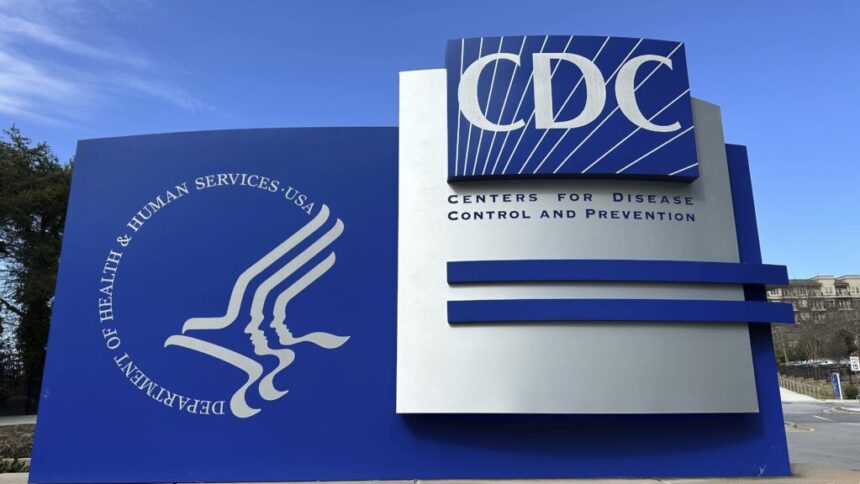“The CDC is the eyes, ears, and voice of the United States in global health,” Frieden said. “It’s where the world turns for help and expertise when there’s a problem anywhere in the world. At least it was until yesterday.”
The cuts come as the CDC is still grappling with the fallout from its response to the Covid pandemic. The agency has been criticized for its early testing failures, confusing messaging, and perceived politicization of the response. But even as critics have called for an overhaul of the agency, many public health experts argue that cutting its workforce in the midst of a pandemic is a dangerous move.
“It’s a false choice to say that we can only focus on infectious diseases or chronic diseases,” said Besser. “The reality is that we need to be able to do both. We need to be able to respond to the next pandemic, but we also need to be able to address the chronic diseases that are the leading causes of death and disability in this country.”
As the CDC grapples with the fallout from the cuts, many are left wondering what the future holds for the agency and for public health in the United States. With key programs and divisions now gutted, the agency’s ability to respond to emerging health threats and protect the health of Americans is in question. The ripple effects of these cuts may be felt for years to come, as the country navigates the ongoing challenges of the Covid pandemic and prepares for future health emergencies.
The recent cuts to the Centers for Disease Control and Prevention (CDC) have sparked outrage and concern among public health experts and employees. These cuts are not only detrimental to the agency’s global work but also have the potential to cost lives, damage America’s reputation, and weaken the economy.
In a surprising move, many workers focused on HIV prevention were fired, despite Trump’s previous initiative to end transmission of HIV in the United States. The elimination of expertise and leadership in this area will have long-lasting impacts, leading to an increase in new HIV infections and higher medical costs.
One CDC employee revealed that entire branches, such as HIV prevention and oral health, had been eliminated. The oral health department, which promoted fluoride in water, was targeted despite its crucial role in public health. This decision comes at a time when some states, like Utah, have already banned fluoride in drinking water.
The cuts at CDC have left employees feeling demoralized and concerned about the future of public health in the country. One former employee expressed their belief that Americans will suffer from shorter and sicker lives as a result of these cuts.
In addition to the CDC, the Health and Human Services (HHS) department also faced layoffs. Eighty-one people working for the emergency response unit were let go, including those responsible for managing the strategic national stockpile. This stockpile contains essential emergency equipment, treatments, and vaccines that states rely on during crises like the Covid-19 pandemic.
Furthermore, the decision to fold ASPR into the CDC and eliminate BARDA’s division responsible for developing new vaccines and treatments will have far-reaching consequences. Employees who were initially led to believe their jobs were safe were shocked to be included in the layoffs.
High-level leaders at the CDC, including Jonathan Mermin and Dylan George, were also reassigned to the Indian Health Service, leaving a leadership vacuum at the agency. These sudden changes have raised concerns about the future of public health preparedness in the United States.
Overall, the cuts and restructuring at the CDC and HHS have sent shockwaves through the public health community. The loss of expertise, resources, and leadership will have a lasting impact on the nation’s ability to respond to health crises and protect the well-being of its citizens. It is crucial for policymakers to reconsider these decisions and prioritize the health and safety of the American people.








